Divisions 1, 2, 3, and 5 would like to invite you all to their Business Fair, happening on Tuesday, May 31st in the Gym.
Students in these classes were given the task to create a product from scratch. They created a prototype in which they had to present to the class and receive feedback in order to improve their product. Going forward, they established a money plan covering their costs and looking at their potential profits. Finally, they worked on advertising and marketing towards a certain demographic.
This week marks the final week of preparation to kickstart their business. Flyers are already hanging up in the hallways, and we even have some infomercials to be broadcasted in classrooms promoting the business fair and the creative products that these students have made.
Prices range from $1 to about $4depending on the product. Products range from Stress Balls, Slime, and Fidgets to specialized bookmarks, soaps, and other creative little knick-knacks that children of all ages would enjoy!
Students will have their opportunity to purchase items on Tuesday, May 31st with their class. Purchases are completely optional, but if students wish to buy something, it is recommended that Primary students not bring any more than $10 with them for this event, and Intermediate students not to bring any more than $20.
Come by and check it out! Parents are welcome to come preview the Business Fair on Monday, May 30thfrom 2:30 – 3:00pm to see what wonderful products there will be. No purchases will be made however at this time, as students will have their opportunity to buy items the following day when the Business Fair is officially launched. Entrance and Exit will be from the exterior Gym doors only.
Thank you everyone for your support!
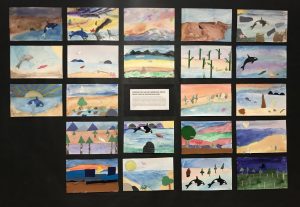

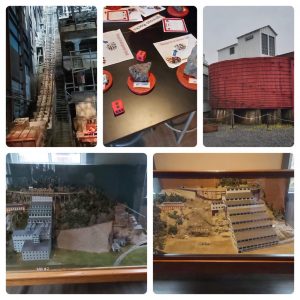
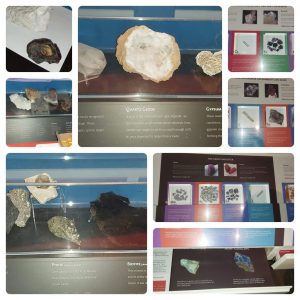

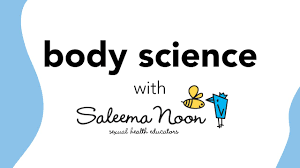 PAC is very proud to help support annual visits from Saleema Noon team to teach our kids age-specific and appropriate lessons about body health. We understand parents may have questions they’d like to explore before the school sessions, and here’s your opportunity!
PAC is very proud to help support annual visits from Saleema Noon team to teach our kids age-specific and appropriate lessons about body health. We understand parents may have questions they’d like to explore before the school sessions, and here’s your opportunity!
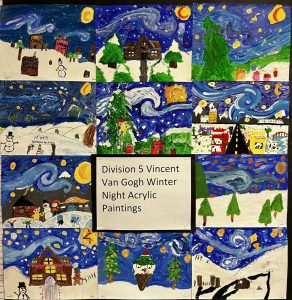
 Dear Parents/Guardians,
Dear Parents/Guardians,
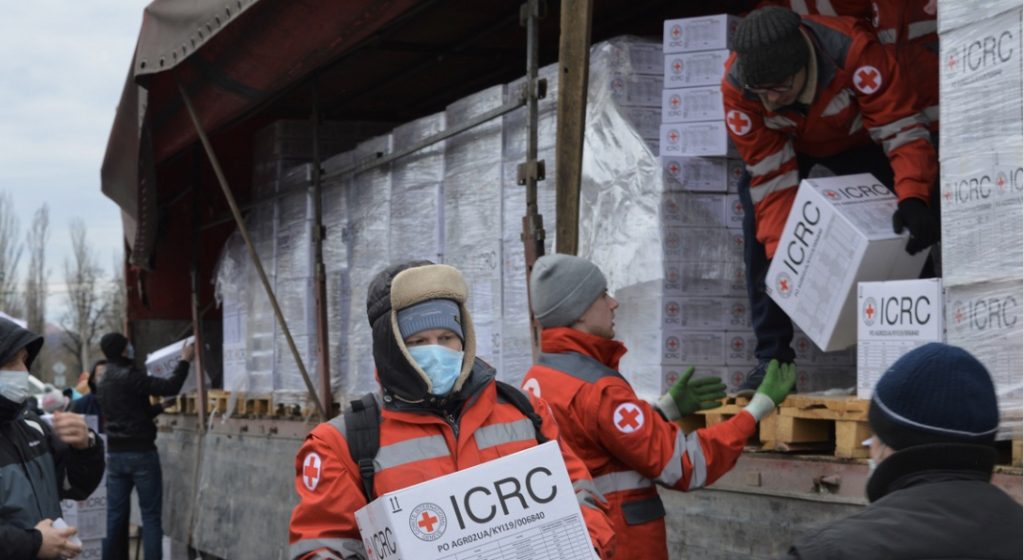 After a very successful Business Fair students from Divisions 1, 2, 3 and 5 donated 15% ($607) of their profits to the Canadian Red Cross to provide humanitarian assistance to those affected by the ongoing crisis in Ukraine. Congratulations everyone on a job well done at this years Business Fair and thank you all for your generous donations.
After a very successful Business Fair students from Divisions 1, 2, 3 and 5 donated 15% ($607) of their profits to the Canadian Red Cross to provide humanitarian assistance to those affected by the ongoing crisis in Ukraine. Congratulations everyone on a job well done at this years Business Fair and thank you all for your generous donations.